How Hakone Yosegi’s Wooden Alchemy Defies Time and Perception?
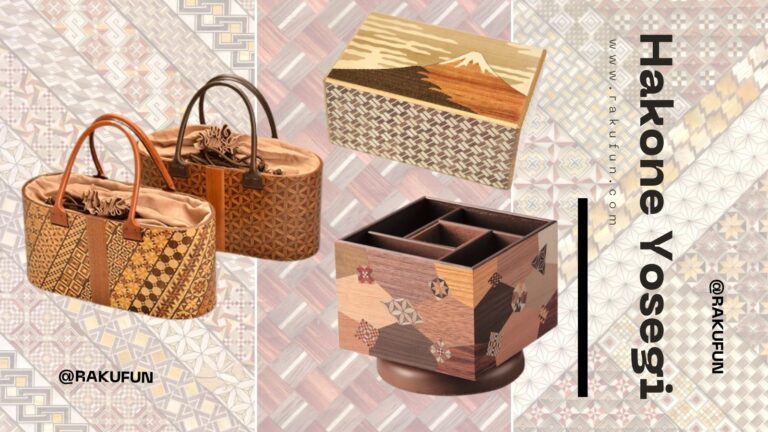
The Hidden Language of Wood: A Craft Born from Travel and Timber
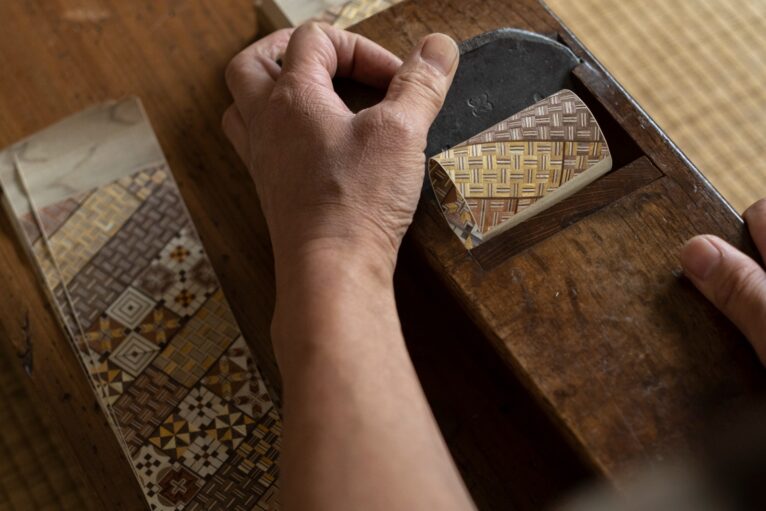
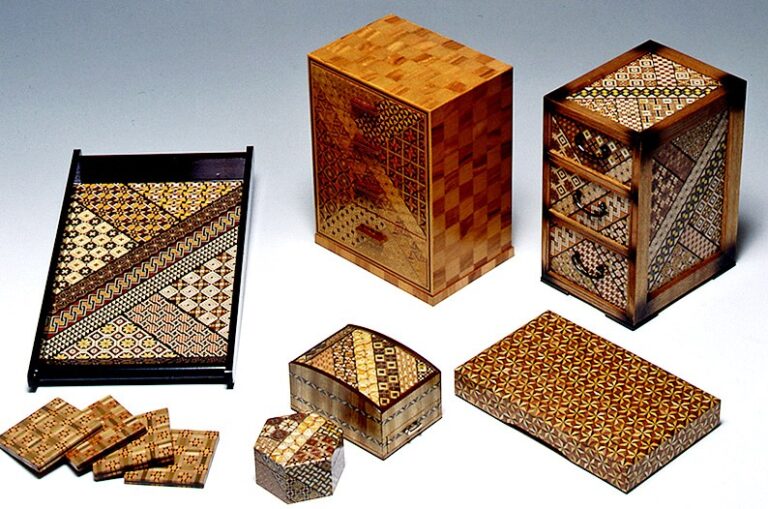
The Maker’s Secret: How a Block of Wood Becomes a Canvas
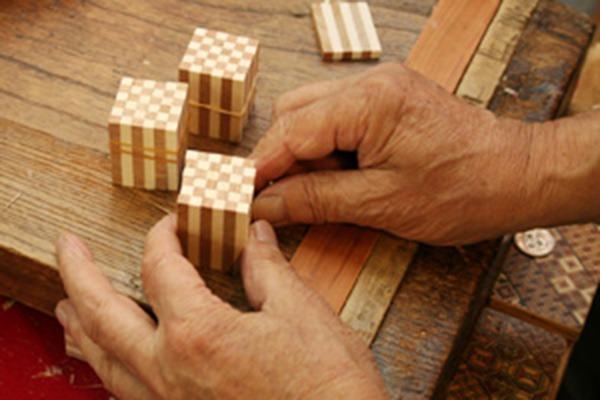
Beyond Decoration: The Playful Puzzle Box
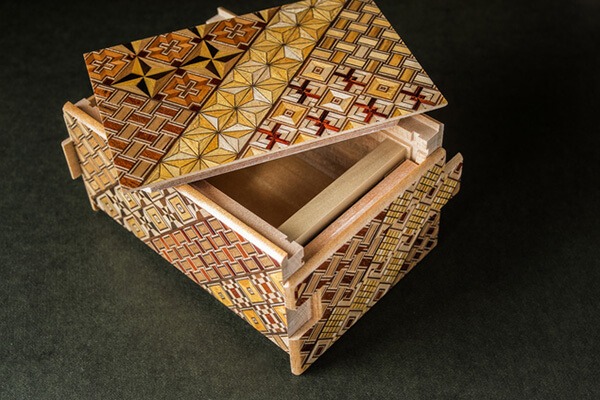
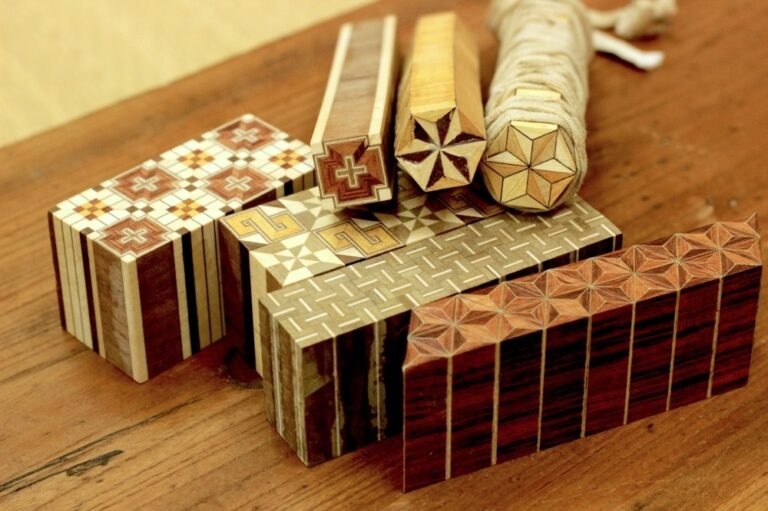
Yosegi Today: A Living Heritage in the Modern World
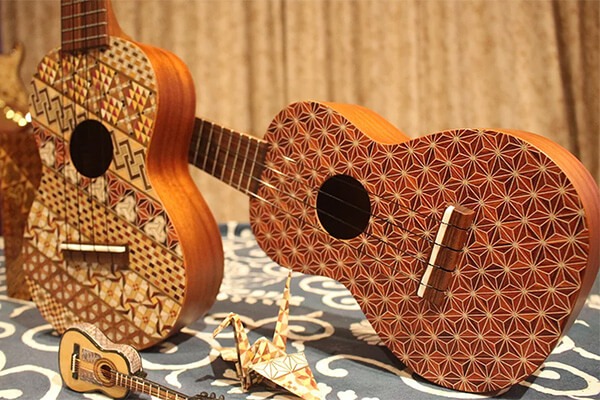
Experiencing Yosegi for Yourself with Rakufun
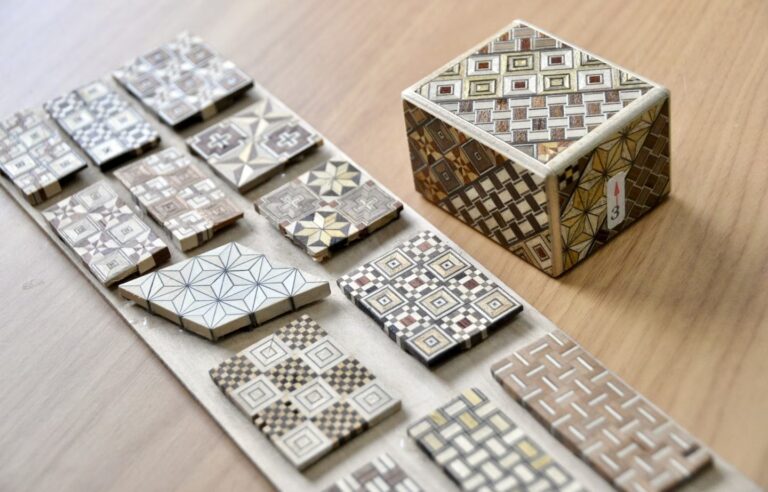
Rakufun simplifies Japanese proxy shopping and global shipping, your all-in-one app for a seamless, fee-free experience:https://blog.rakufun.com/?p=9725

